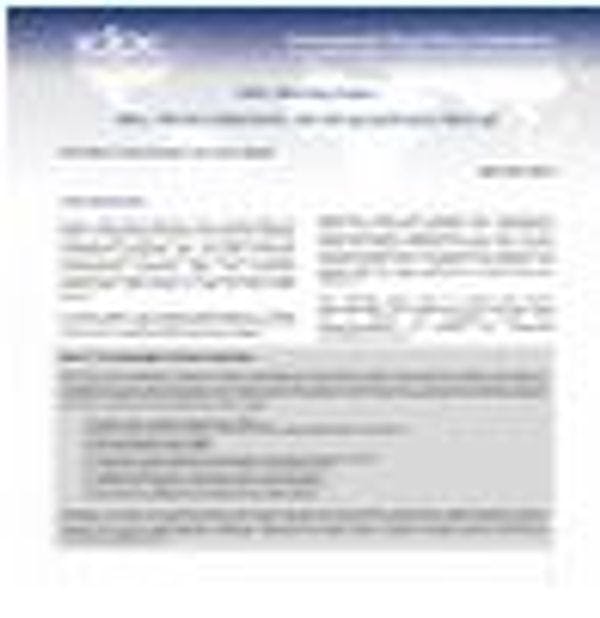Document d’information de l’IDPC – VIH, réduction des risques et politique des drogues au Kenya
Ce document d'information examine les développements récents dans la réponse au VIH et la consommation de drogues illicites au Kenya, et propose quelques recommandations clés pour améliorer les services de réduction des risques.
Pour en savoir plus, veuillez lire les informations ci-dessous (en anglais).
Abonnez-vous à l'Alerte mensuelle de l'IDPC pour recevoir des informations relatives à la politique des drogues.
Kenya – like most countries – has a long tradition of punitive drug policy responses that seek to eradicate drug use and trade. This is in keeping with the prohibitionist approach that has been dominant across the world for more than 100 years, despite overwhelming evidence that this approach contributes to high levels of HIV transmission among people who inject drugs, as well as many other harms.
In recent years, civil society organisations in Kenya have started to adopt programmes and practices that focus more on public health and human rights – supported mainly with funding from international donors and technical assistance from international non-governmental organisations. As part of this effort, the Kenyan Ministry of Health has recently introduced guidelines and strategies for targeted and evidence-based harm reduction interventions for people who use drugs (see Box 1), as part of its HIV response.
This briefing paper aims to review the recent developments in the response to HIV and illicit drug use in Kenya, and highlights some key recommendations to address the remaining challenges and issues.
Keep up-to-date with drug policy developments by subscribing to the IDPC Monthly Alert.
Téléchargements
Régions
Profils associés
- International Drug Policy Consortium (IDPC)
